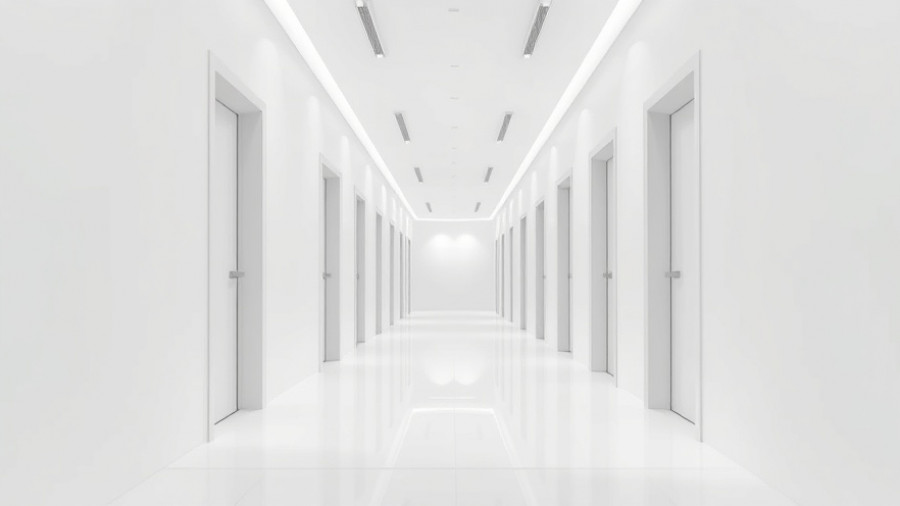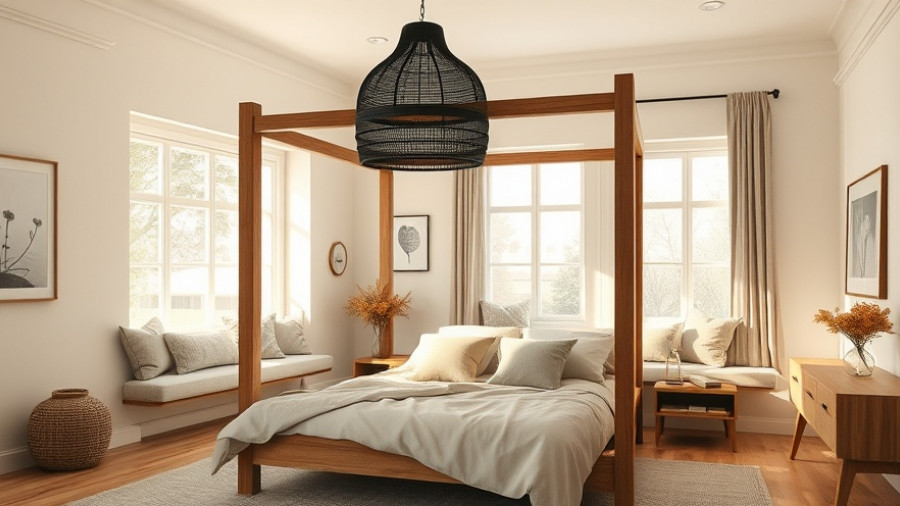
Understanding the Foundation of Interior Design
The essence of any breathtaking interior lies significantly beneath the surface. It starts at the foundational level where construction details play a pivotal role in shaping the environment. Understanding how technical construction choices impact interior design is essential for homeowners and designers alike. From ceiling heights to the angle of natural light, every decision made during the construction process influences how a space feels and functions.
Cohesive Spaces: The Importance of Structural Design
Every beam, load-bearing wall, and structural column contributes to the spatial layout of a home. Modern trends favor open-plan living, large windows, and seamless indoor-outdoor transitions. Achieving these goals demands meticulous planning and structural engineering. For instance, removing walls to create an open living area often requires the installation of structural steel beams for load support, influencing ceiling heights and lighting placement.
Engaging a knowledgeable general contractor in the design phase can ensure that structural and design aspirations align with each other, facilitating a smoother construction process. A contractor with technical expertise can offer alternative solutions for structural challenges that maintain aesthetic quality. For example, adjusting a load path for a recessed fireplace or restructuring a roofline to accommodate skylights requires collaboration between architects, contractors, and designers.
MEP Planning: Seamless Integration in Design
Mechanical, Electrical, and Plumbing (MEP) systems are the unseen but vital components of any home. Their placement and design have direct implications on the visual quality of your space. In minimalist and luxury designs, visible HVAC systems or wiring could disrupt the overall flow. With recessed lighting, concealed cabling, and ducted systems becoming staples, early coordination and planning around MEP systems are critical.
Investing in specialists who understand high-end detailing can significantly elevate the quality of interior finishes while ensuring compliance with industry standards. This proactive approach reduces the likelihood of costly modifications post-construction, preserving the integrity and design intentions throughout the process.
Site Constraints: Overcoming External Challenges
External factors such as site gradient, access points, and soil conditions can drastically impact interior outcomes. For example, when erecting a home on sloped terrain, the approach taken—whether stepping down the slope or excavating—can affect everything from natural lighting to entryway design. Designing in harmony with the site conditions not only enhances aesthetic appeal but also improves functionality.
Overall, homeowner awareness about construction principles can lead to smarter design choices and a more enjoyable renovation experience. When structural integrity, MEP planning, and site constraints are thoughtfully considered, the result is an interior space that is not only beautiful but also efficient and long-lasting.
Take Your Interior Design Project to the Next Level
If you're planning a renovation, now is the time to dive into these crucial details that will influence the enjoyment and longevity of your space. Understanding and incorporating construction fundamentals ensures that your home stands the test of time while reflecting your personal style and preferences.
 Add Row
Add Row  Add
Add 




Write A Comment